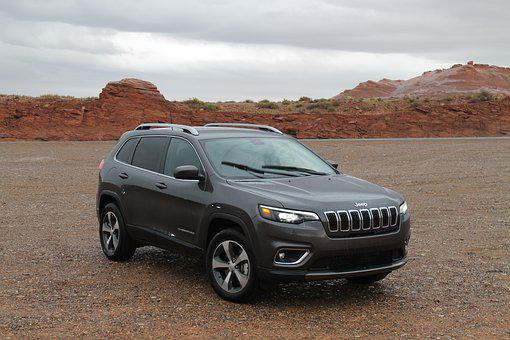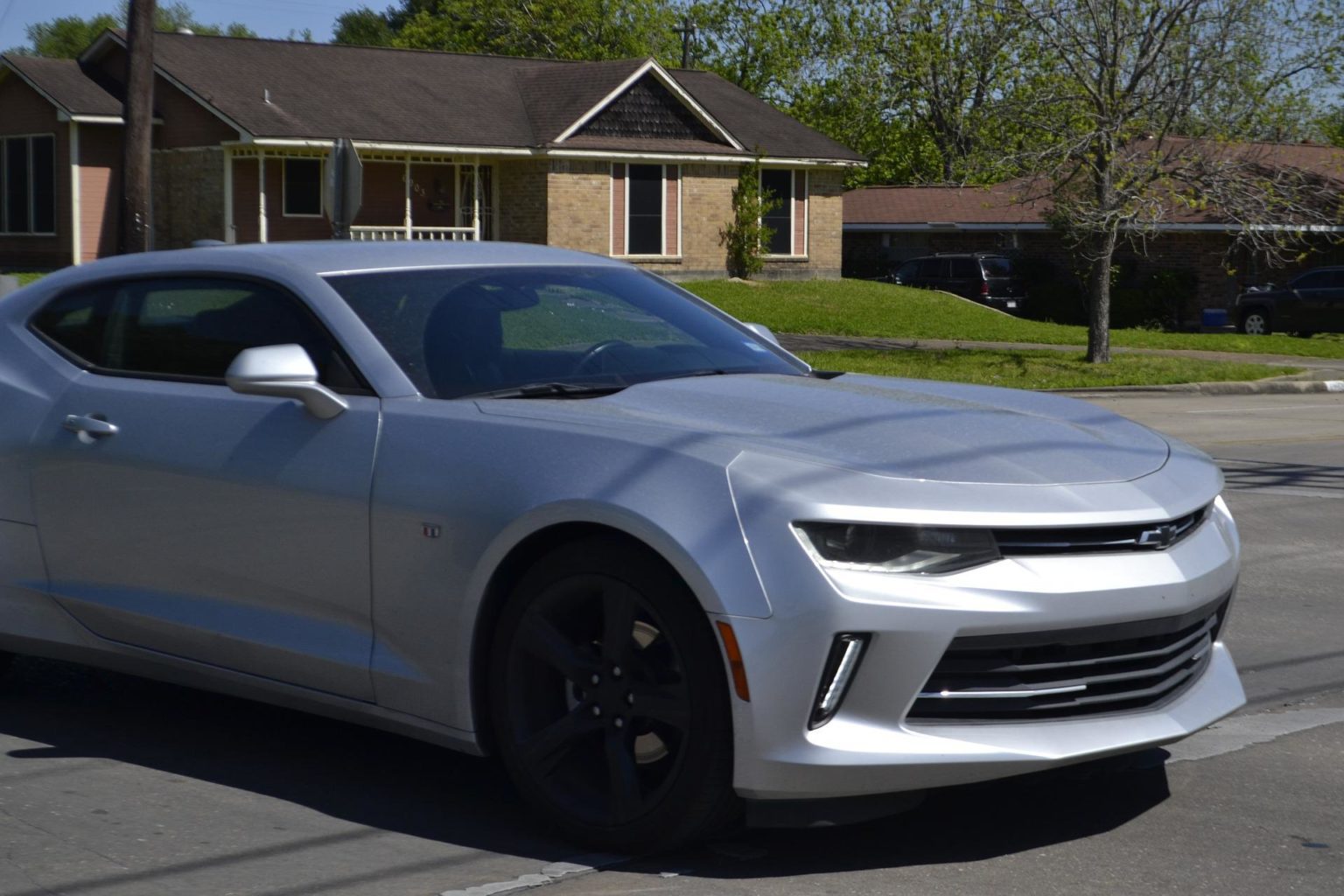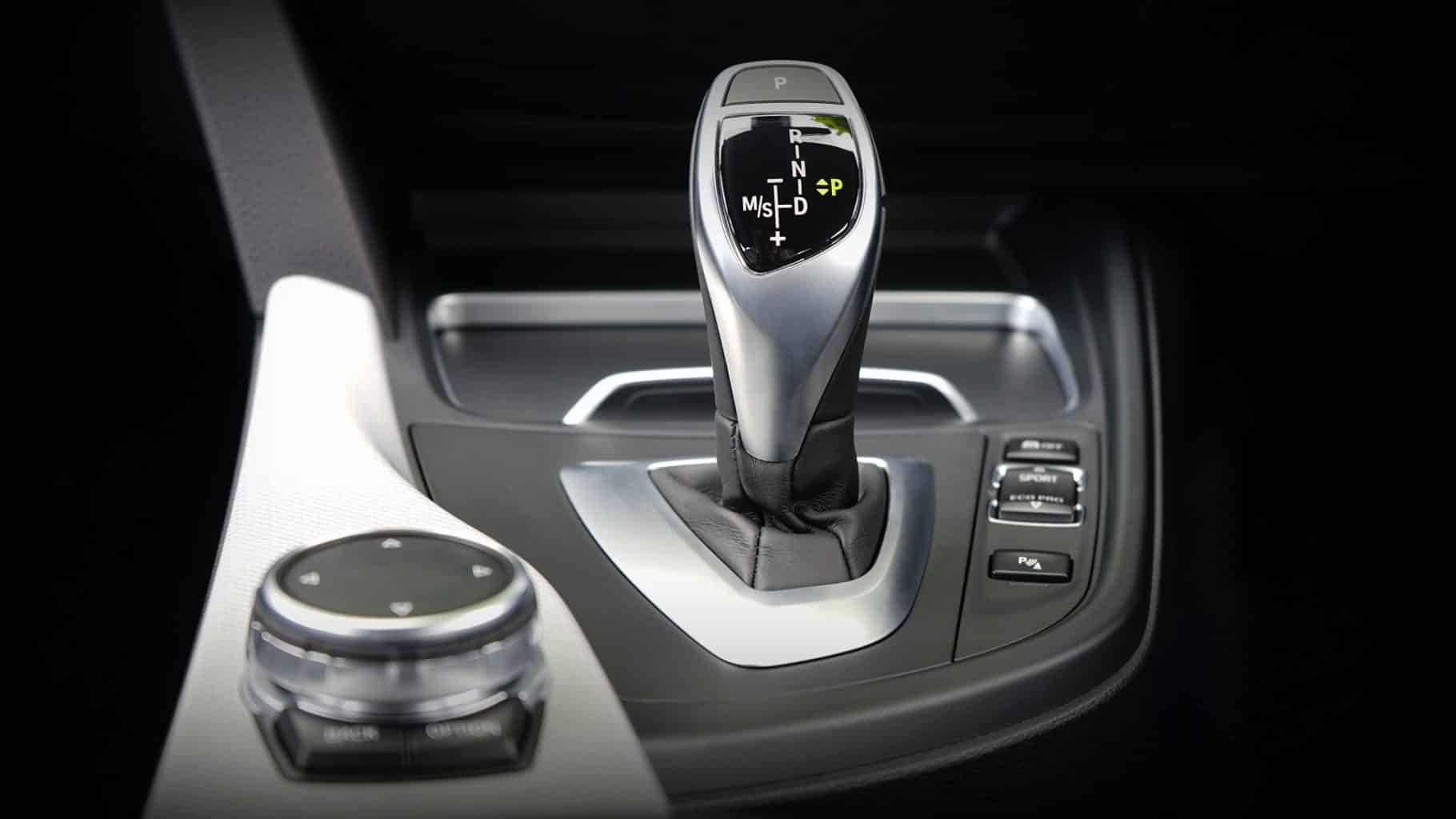
Car Won’t Move In Any Gear Automatic Transmission
Unfortunately, the car won’t move in any gear automatic transmission and suffer from various problems.
One of these problems that drivers may confront is the fact that the automobile does not move despite which gear is engaged.
The reasons why an automatic transmission vehicle won’t shift into any gear are as follows: an automatic transmission control unit that is out of order, a low transmission fluid level, an unbalanced torque converter, defective clutches, valve body issues, and usage of low-grade transmission oil.
In most situations, the gearbox will switch into emergency mode and show certain faults in your dashboard that you may investigate using a scanner. Also, fixing this situation is quite difficult, and you’ll need expert help from a repair shop which will also necessitate higher expenditures.
What Is The Problem With An Automatic Car That Won’t Shift Into Any Gear?
1. There Isn’t Enough Transmission Fluid In The Car
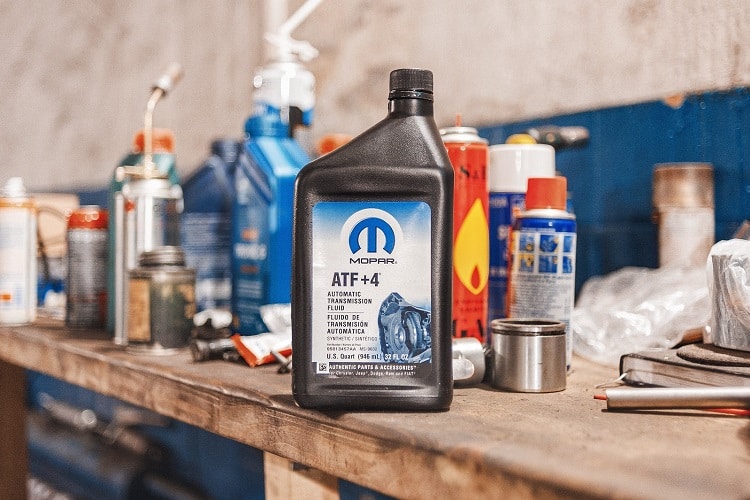
This is a typical reason for an automobile that won’t move when any gear is selected.
The solution here is to simply fill the reservoir with the appropriate transmission fluid and see if the issue goes away.
2. A Failed Automatic Transmission Control Unit
Another typical reason why a car won’t shift into any gear is that the automatic transmission has failed.
You should be able to see this while scanning the vehicle for faults. In some cars, there will be no need to remove the transmission since it will be simple to access the transmission control unit.
On the dashboard of your automobile, you may observe indications of a faulty control unit. When compared to the shifter position, it will incorrectly show another gear.
The first thing to check is the car battery, which may be failing and causing the control unit to malfunction. Use a multimeter to inspect the battery voltage; if it’s under 12V, the battery is faulty. You may now proceed with the repair if everything checks out OK with the battery.
It is hard to tell exactly what went wrong with your car’s transmission, but it may be more than just a fluid change. The repair of the control unit will need particular skills that only an individual who understands the electronics of these automobile parts and knows what to do can provide. The job will also be time-consuming.
Furthermore, this repair does not ensure that the transmission will last a long time. Even early on, problems may reoccur.
The following are some possible causes of a faulty transmission control unit:
- When moving to “D” mode, the car has odd behavior and does not shift gears, even though the RPM rises;
- When pressing the gas pedal, the automobile does not shift gears normally but rather instantly changes to the first gear.
3. The Valve Body Of The Automatic Transmission Is Periodically Replaced
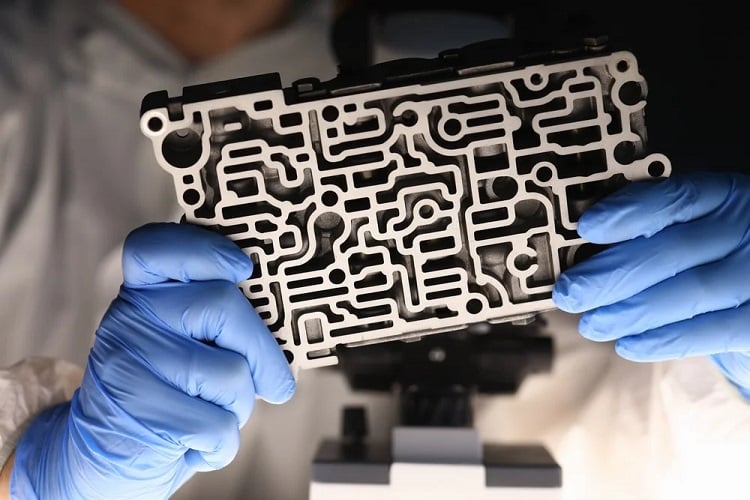
Transmission valve body problems are another reason why the car won’t move in any gear. Because of dirty transmission fluid, hydraulic channels can become clogged.
The valve body is a component in the engine that can be replaced, and it’s seen as a problem. A vibrating car when shifting gears is another indication of a failed valve body.
Reassembling the valve body entails removing the transmission from the automobile, which is what caused the aforementioned causes. This procedure has the highest difficulty factor.
4. A Faulty Torque Converter
A torque converter might be the culprit if a vehicle’s shift lever does not move at any of the automated transmission speeds. This component fails due to issues with regular transmission maintenance more than anything else.
The ideal torque converter operation is also impacted by a dirty transmission fluid filter, failing to notice all the warning signals of jerks and low-quality transmission fluid.
Sounds in the transmission when the car starts are signs of insufficient torque converter performance. These noises will go away after a while. When changing gears safely, the vehicle will frequently stall.
Because of the high cost of repairing a torque converter, it’s typically best to replace it.
5. Clutches That Have Been Worn
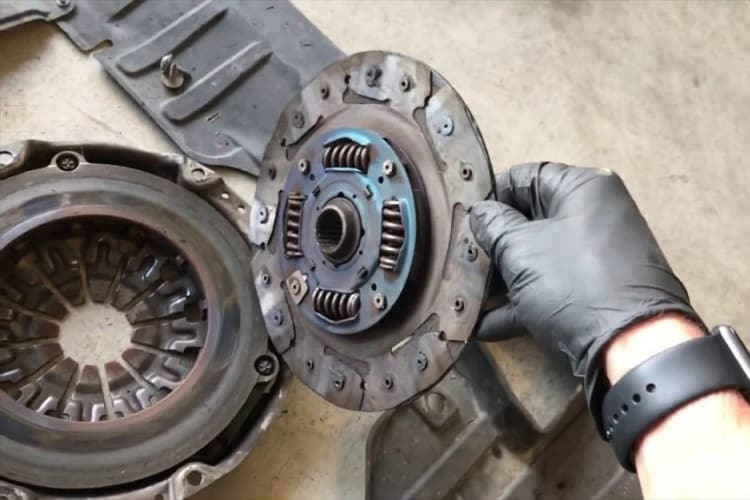
If the engine in an automatic vehicle is unable to start because of a bad or worn clutch, it will not start.
Clutch fluid leaks, especially if the automatic transmission is overused or abused. External parts of the automatic transmission, such as the gearbox and torque converter, may also fail. As soon as possible, replace the clutches discs to forestall further wear on other components.
The following are signs that your clutch is worn:
- When you shift into a higher gear, your engine might be damaged by excessive intake noise.
- If the car won’t shift into reverse gear.
- It will be unable to shift into third gear.
To repair damaged clutches, you’ll have to remove the automatic gearbox and replace the clutch discs with new ones, even if one or more clutches don’t appear to be broken.
How To Avoid This Car’s Automatic Transmission Problem
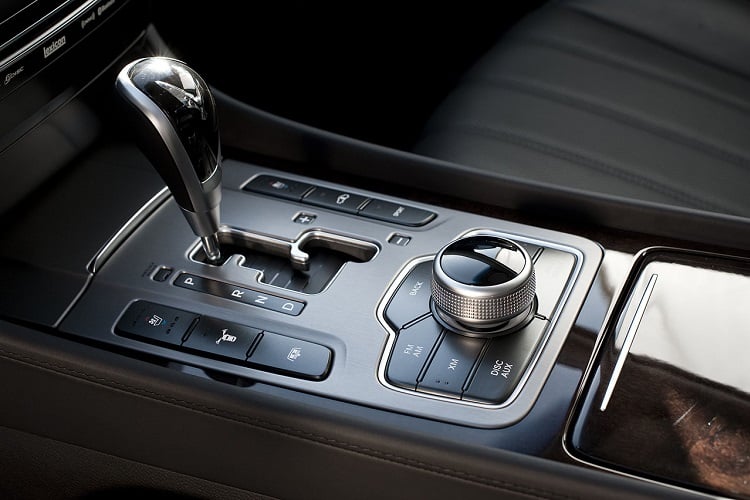
- Only warm the car up before accelerating in the winter. Operate in the first gears while the transmission is not yet warmed up to avoid increasing engine speed.
- It is essential to turn on modes on the transmission shifter and stay in each of them for 5-10 seconds before starting to move. This will allow oil to enter all hydraulic channels in the system.
- Check the transmission oil level and quality. If there is a lack of fluid, it must be replenished. The presence of deposits and wear products in the form of metal shavings in the fluid indicates that it should be changed.
- Do not tow other cars or trucks. In some situations, towing for a short distance is permitted. However, keep in mind that automatic transmissions are designed to operate with a certain vehicle weight in mind. An increase in mass will result in the unit being subjected to heavy loads, resulting in the structural elements of the unit breaking down.
- On ice or slippy roadways, especially during the winter, be careful not to drift.
- Change the transmission fluid at the proper time. The vehicle’s service booklet provides oil change guidelines. If a car’s grease is filled in for the whole service life of the vehicle, it must be changed every 60-100 thousand kilometers or 37.000 -62.000 miles.
Conclusion
So, if you are a beginner, now you know the few reasons why the car won’t shift in any gear.
The first thing to check is the transmission fluid level, which can be adjusted. Also, look for any signs that the car battery is not functioning properly. The automatic transmission control unit may be malfunctioning due to a dead or dying battery.
If the issue is due to those two easy options, you should be able to get out rapidly. The more difficult reasons I mentioned above need more effort and cost more money to fix.
